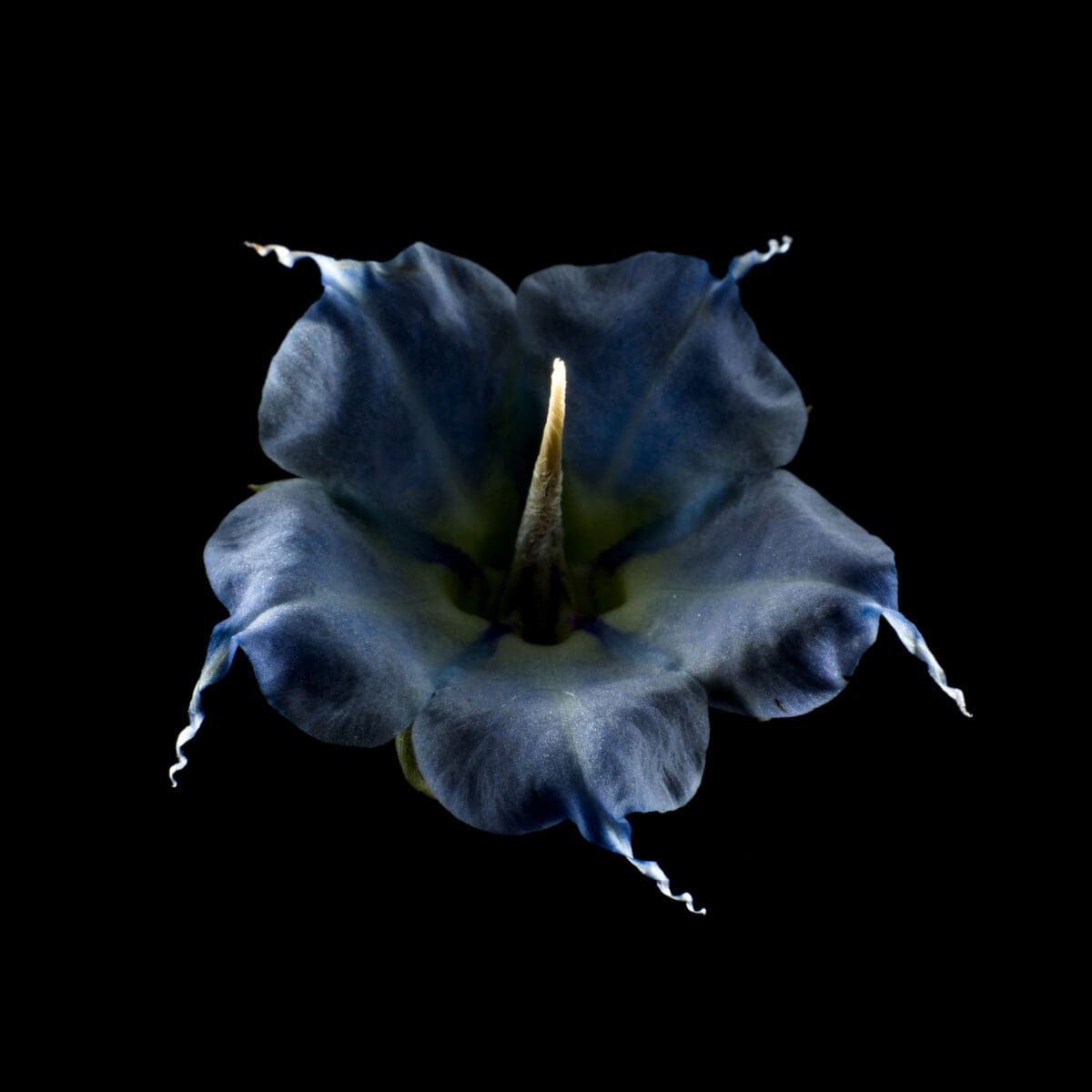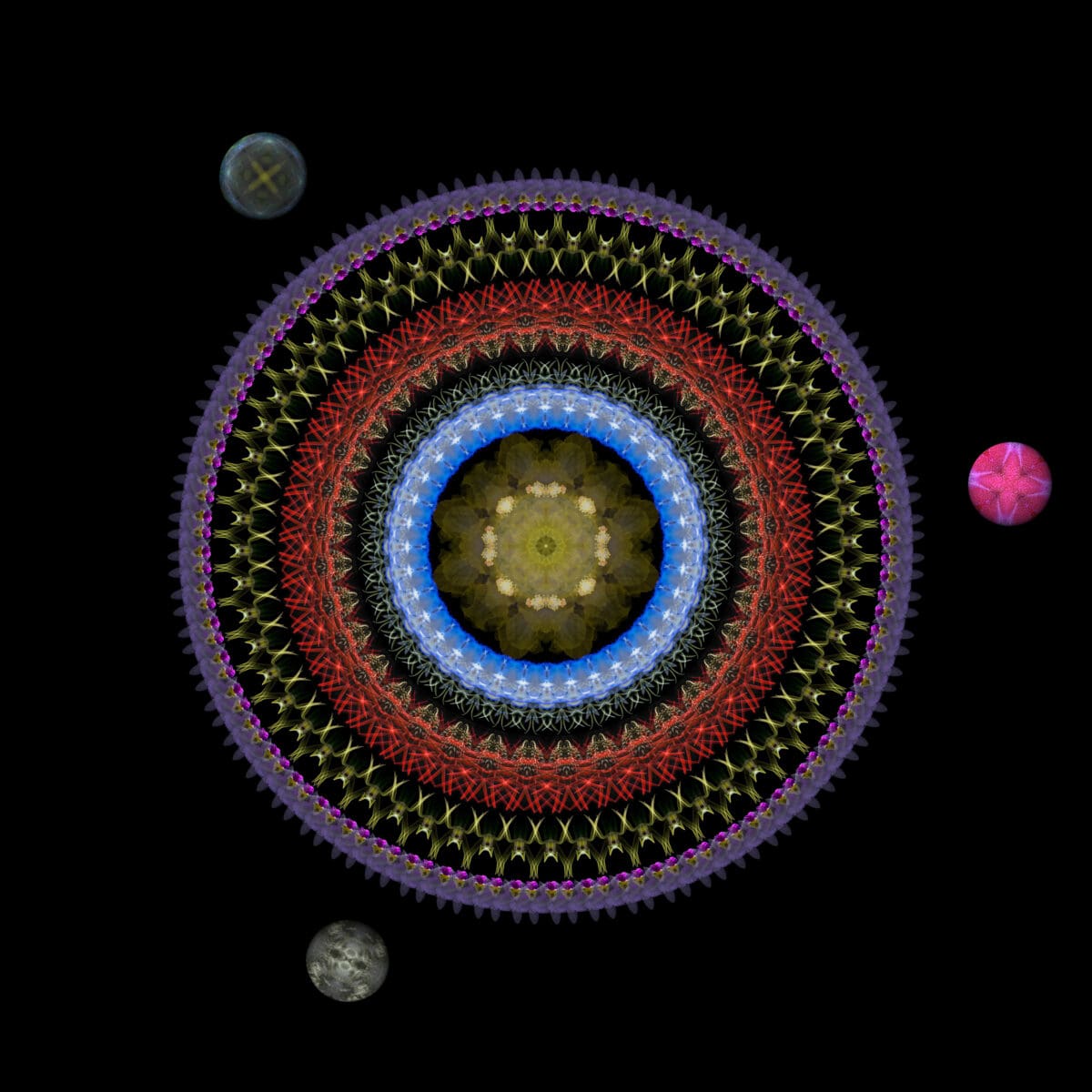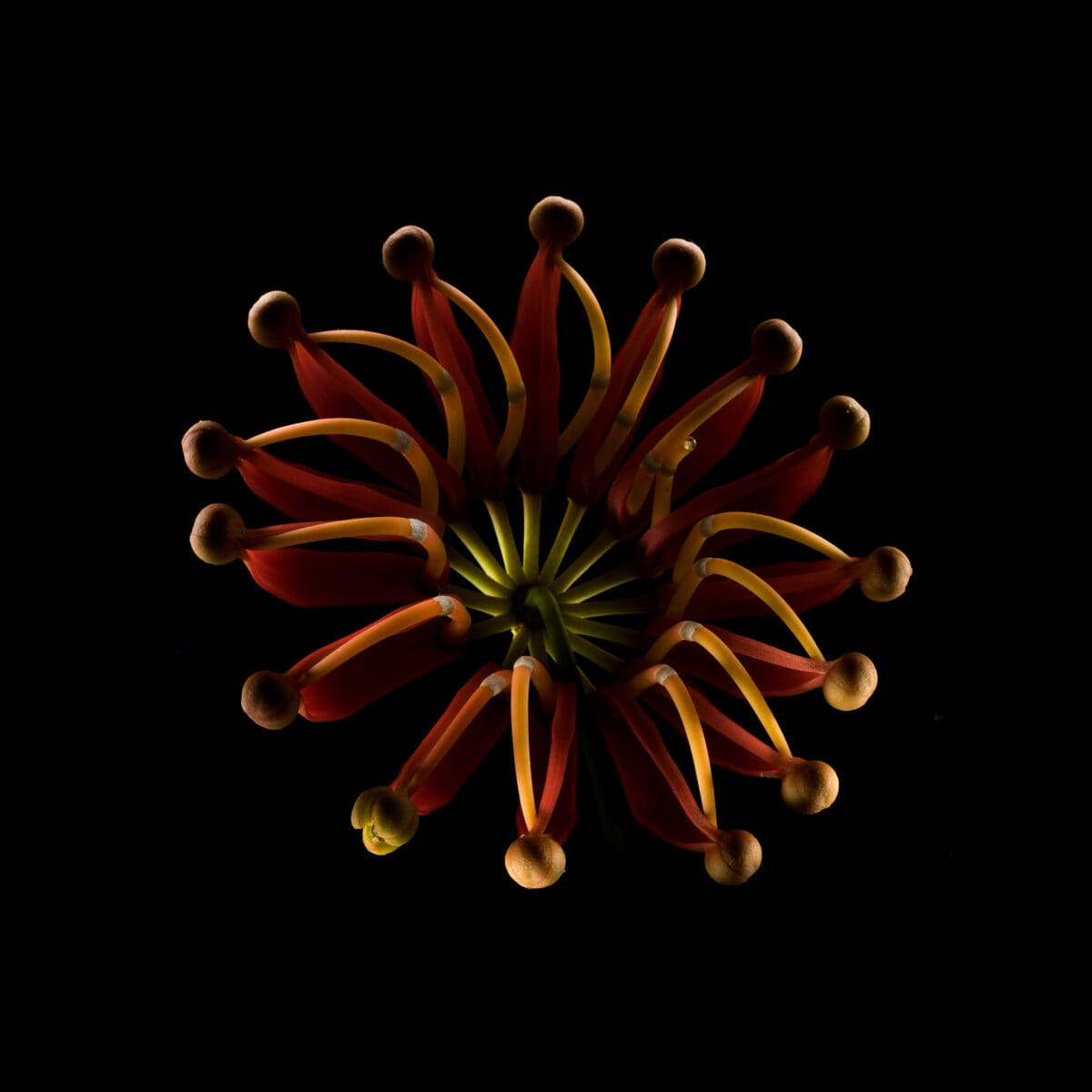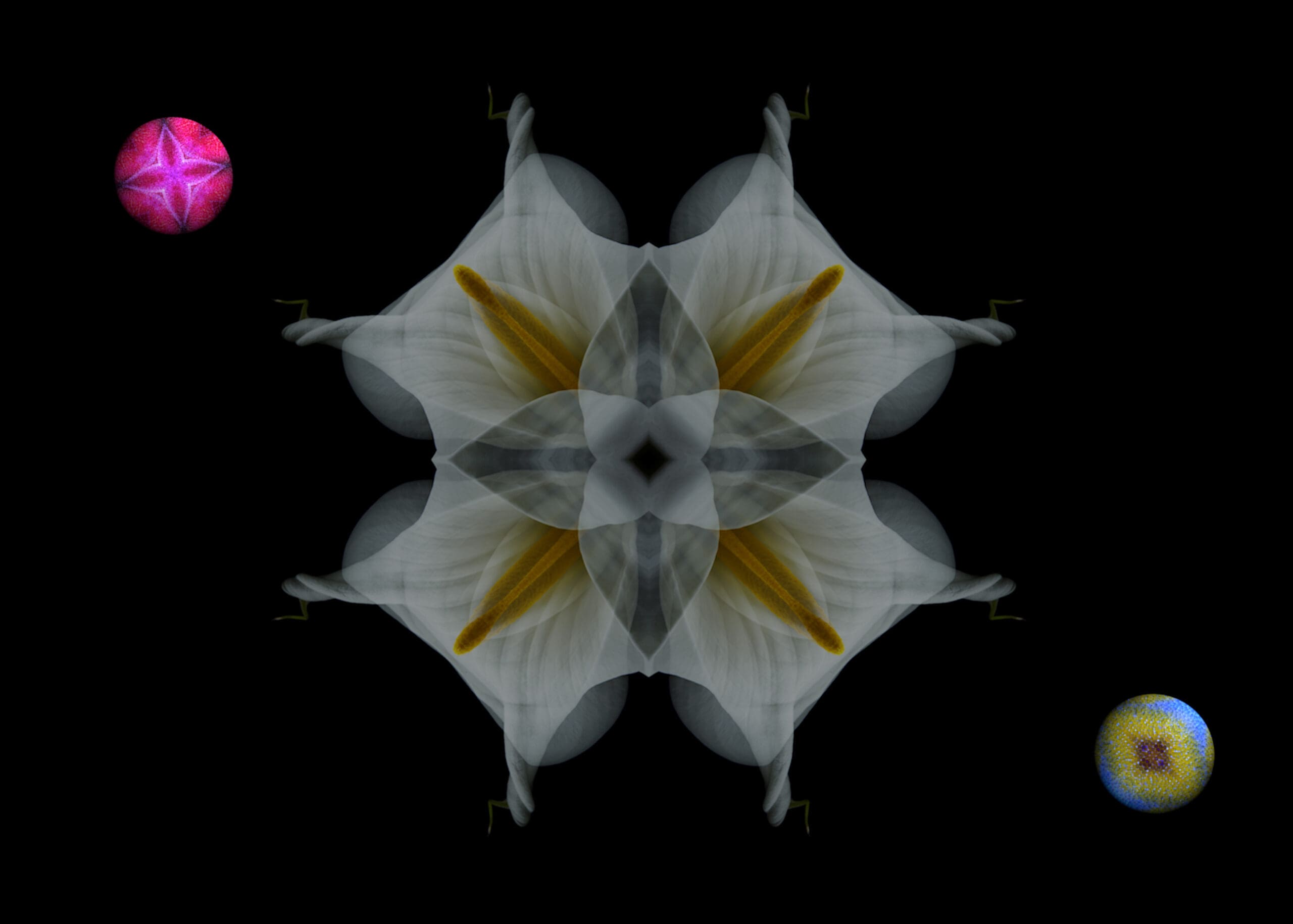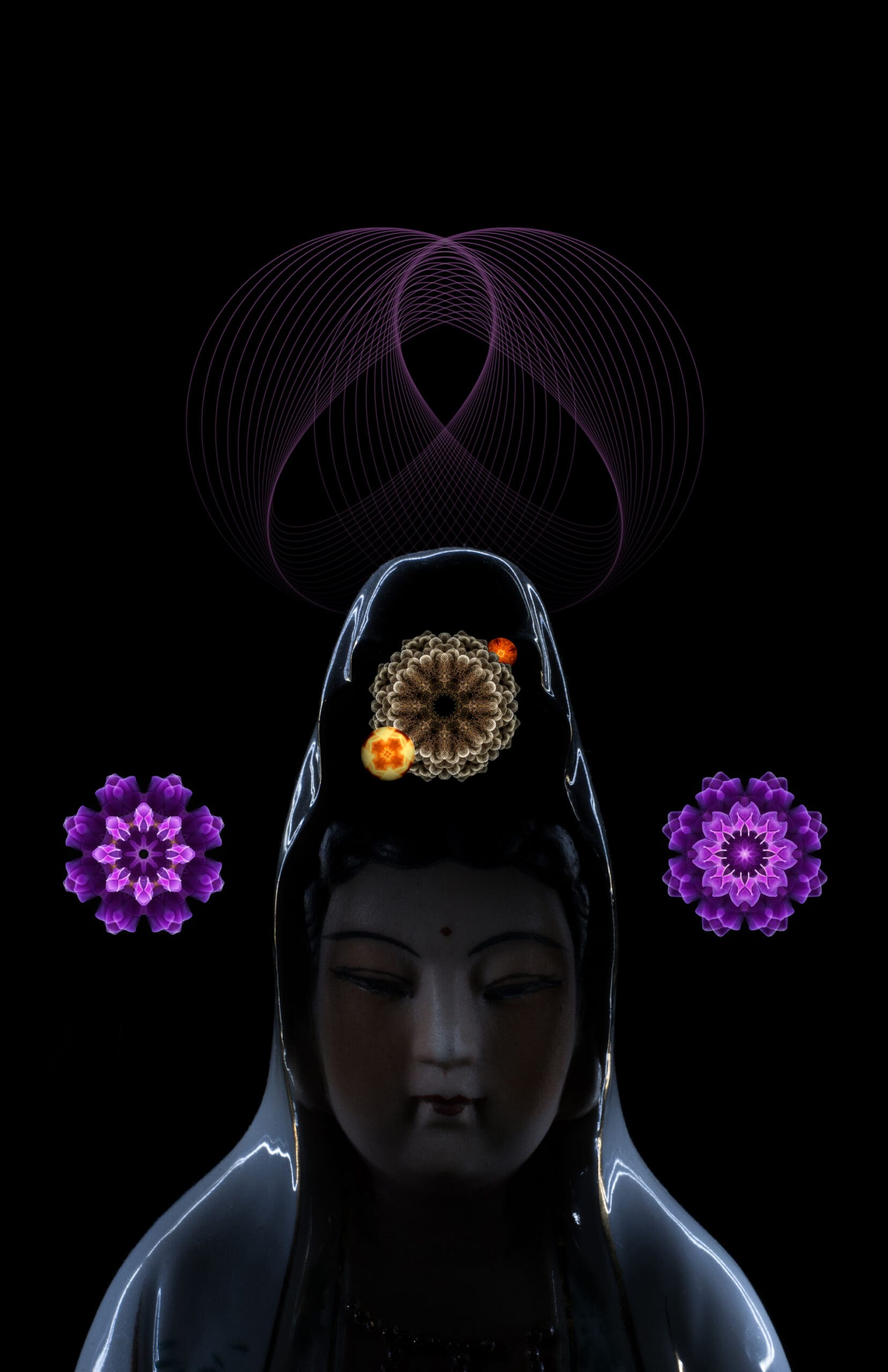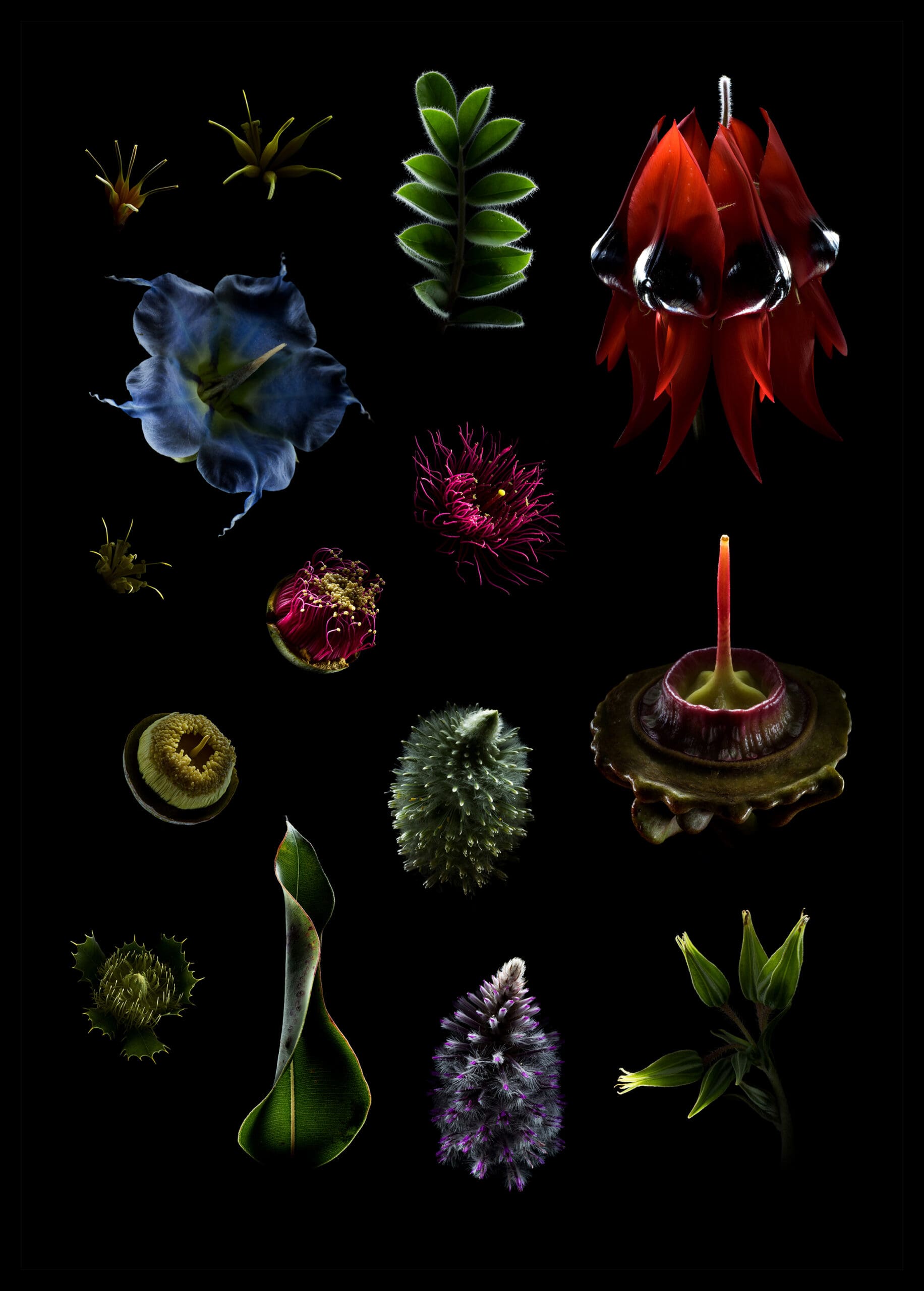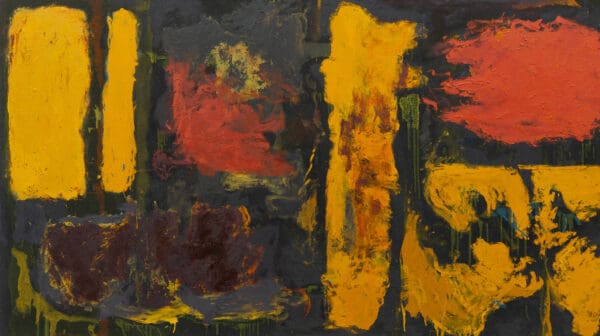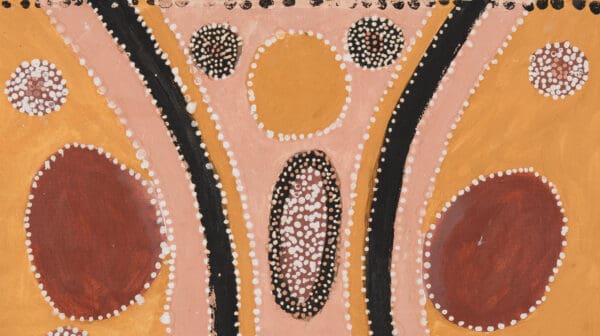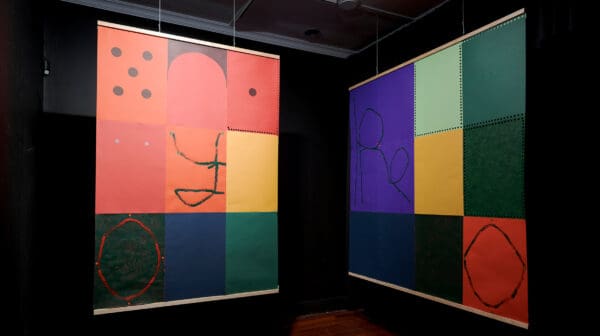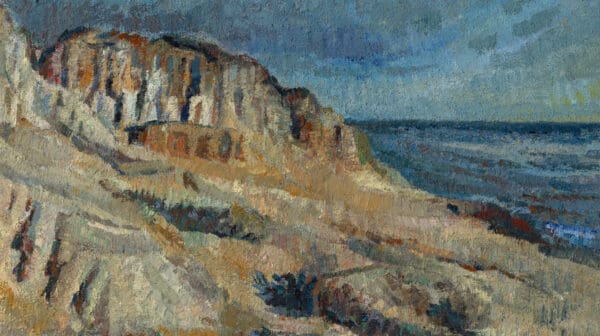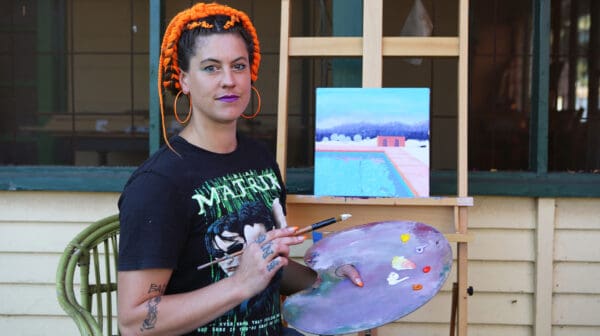The Asia-Pacific region is exceptionally rich in biodiversity. The tropical forests and river basins of Southeast Asia, for example, as well as the reefs of the Coral Triangle, are among the most unique on earth. As an area that harbours a significant portion of the world’s flora and fauna, it’s a given that seeds have dispersed over time, particularly as the Asia Australia tectonic collision—beginning about 20 million years ago and which still continues today—led to a large exchange of plant and animal species between the landmasses. Last year, seeds from the black bean tree were found in South Kalimantan; once thriving in that region, the plant is now only found in the coastal rainforests of northern Australia.
The story of plant migration can easily be mapped to that of the human. Seeds end up travelling to new environments in search of better conditions, sometimes resulting in novel adaptations where the plant acclimatises to suit the altered context. And while plant and human mechanisms are different, the underlying need for survival, adaptation and improvement are shared experiences.
This all-encompassing sense of duality and movement has been a lifelong preoccupation for Brisbane artist duo Man&Wah. Not long after the brothers’ birth, their family moved from Hong Kong to Australia where, as Wah elaborates, they “lived between two different worlds of cultural etiquette.” This was 1980s Queensland: the conservative Bjelke-Petersen government was still in power, thereafter paving the way for the emergence of right-wing demagogues who would declare that Australia was “swamped by Asians.” That climate inevitably influenced the twins’ childhood and adolescence—racism was rife. Yet it also allowed them to develop a dark sense of humour as their growing selves tried to make sense of the world, where a pervasive feeling that Man describes as “belonging to both, accepted by neither” lingered.
Much has been observed about the intimate connection twins share. Despite their lifelong affinity, Man&Wah’s artistic partnership was only formalised in 2015 through a self-published book titled Flower Thief. A slim photobook comprising close-up shots of varying flora, it was created to celebrate the geometrical structures of plants unique to habitats in Australia and North America, as well as recognise the role plants play in sustaining a liveable planet. At the time, the brothers had already been collaborating for two years. “[But] I was more like the silent partner,” Wah reveals. “Everything we created was under Man’s name as the artwork back then was more photographically focused.”
Since then, the brothers have shown their work as a duo—Man photographs while Wah lays out and formats the images. One can trace Man&Wah’s artistic trajectory from Flower Thief, leading them to embrace a spontaneous autonomy “free from the constraints of a learning system.” As children in Hong Kong, the brothers were drawn to anime such as Ultraman and Golden Warrior. In Brisbane, Man found himself compelled by the Taoist imagery their grandmother surrounded herself with, while Wah developed a fascination for the graphic design of Nintendo games, as well as psychedelic artwork by Boris Vallejo and Alan Gutierrez, pored over at the library.
These early aesthetic memories have had a lasting influence. Wah is quick to point out that there is no distinction between their creative practice and personal life—the two are deeply intertwined, as are the brothers themselves. This holistic approach is not unlike the evolution of flora and fauna: “One thing we always keep in mind is that we are very much a part of nature and part of this cosmos. … When we experience new things and grow as humans, our practice also evolves, and as our practice evolves, we also grow.”
This is the twins’ approach to art-making that draws from what Wah describes as the “fieldwork of life”. A recent trip to Hong Kong and mainland China with their family—where they visited the Great Wall of China alongside previous dwellings in between catch-ups with relatives and family friends—inadvertently became a research trip towards Propagate/Germinate/Bloom, their exhibition at the 4A Centre for Contemporary Asian Art in Sydney. “Aside from the trip itself, and the Great Wall, everything else was unplanned,” Man recalls. “I just paid attention and allowed things to unfold.”
Continuing on the ever-expanding theme of duality, Propagate/Germinate/Bloom explores plant migration from Asia to Australia, with large-scale audiovisual installations and their signature close-ups of florals. “We are in the cosmos, constantly part of it and [co-existing with] its cycles,” Wah says. “We want to re-create that infinite space, so that people can also experience a sense of this infiniteness that holds all dualities and polarities.” The exhibition uses this philosophy as an anchor while their dual East/West life experiences are recast through plants, deities, and rituals.
This deceptively understated philosophy translates to the tools employed by the duo as well. Man&Wah’s practice is imbued with a simplicity antithetical to the fast-moving, instantaneous world we live in. The brothers keep their equipment to a minimum, letting the content dictate what tools are needed rather than the other way around. As Man describes it, “we create from a place of infinite capacity in the human imagination and the infinite space of the cosmos, grounded by connection with nature.” It goes without saying that Wah concurs: “It is about being as present as possible, being aware of our surroundings, [and] how our physical, mental and emotional bodies respond to each moment and their immediate environment.”
Man&Wah: Propagate/Germinate/Bloom
4A Centre for Contemporary Asian Art
(Sydney/Eora NSW)
6 June—3 August
This article was originally published in the May/June 2025 print edition of Art Guide Australia.






